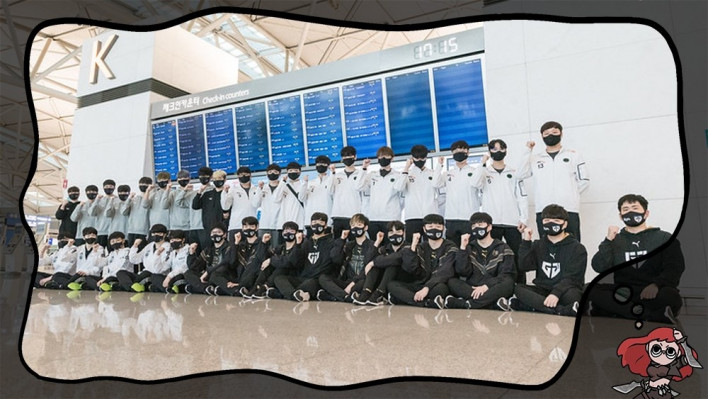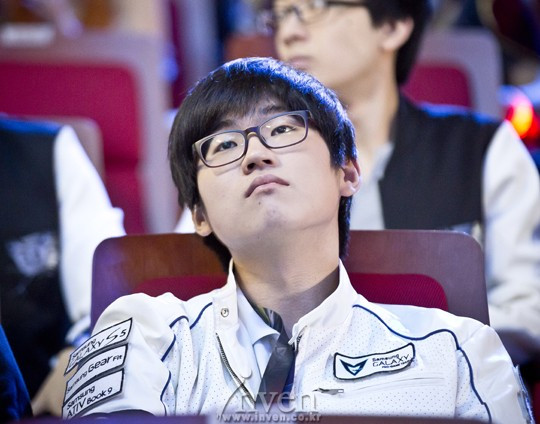
Worlds, as it has been for many years, has been full of surprises. And I mean that in the sense of breaking people’s expectations for their teams and their regions, whether that may be for better or for worse. The biggest surprise of the group stages has to be LPL’s powerhouse, FunPlus Phoenix, failing to make it out of groups, while Cloud9 brought the glory back to NA for being the first NA team to make it out in years.
In the midst of all this chaos, there’s one region that shined brighter than the rest. All four LCK teams at Worlds this year, DWG KIA, Gen.G, T1, and Hanwha Life Esports, managed to get out of groups, with each team performing very solidly. This week’s “Quest’s Musings” will talk about some of the numbers behind LCK’s success, and my thoughts on why Korean League of Legends is thriving, rather than merely surviving, at Worlds.
93% of LCK’s Worlds seeds have made at least top 8
This year is the first time the LCK has four teams at Worlds (after LEC and LPL got the extra slot at Worlds 2020) and Korea was also able to qualify all four of it to the quarterfinals (in 2020, #4 LEC team MAD Lions fumbled in Play-Ins and #4 LPL team LGD Gaming lost in groups).
Between 2012 and 2021, LCK has sent a total of 30 tickets to Worlds. Out of those 30, 28 have made it to at least the quarterfinals. The first negative outlier was Samsung Ozone in 2013, whose failure gave birth to the infamous “Dade Award”.

The second was Gen.G in 2018. As the previous year’s world champions, they baffled the world with a 1-5 limp out of groups. The offseason roster shuffle that followed was what ultimately led to the creation of today’s Gen.G roster.
28 out of 30 makes for a 30% group stage success rate for the LCK. LPL follows as close second, having qualified 22 out of its 29 total teams (or 75.8%) to the top 8.
LCK found a way to thrive at Worlds this year: What’s the secret?
The 93% overall group stage success rate, as well as the 100% success rate this year, I believe lies in the playstyle differences between the regions. Simply put, the LCK has a bit more controlled macro style that relies on teams making as few mistakes as possible. In contrast, the macro style of the LPL and the other major regions is based on proactive aggression and their teams will not shy away from skirmishes and teamfighting.
In my interview with 100 Thieves head coach Bok “Reapered” Han-gyu, he praised LCK’s gameplay and put it on a pedestal of its own:
“LCK teams have a tendency to reduce the mistakes they make in game and win games without any major hitches. That type of playstyle, I believe, is the highest form of gameplay in League of Legends. LCK teams execute that type of playstyle incredibly well, and that’s why the LCS looked historically weak against the LCK.”
Source: LCK Youtube
Let’s take a play from the match that T1 played against EDG in their second round robin. T1 just pushed down EDG’s mid inhibitor turret, and after gaining full vision on their red side jungle, T1 uses their vision advantage to pick off EDG’s jungler. With JieJie dead, T1 automatically rushed to Baron to pressure the rest of EDG to come to them, and the way that Lee “Faker” Sang-hyeok utilized the vision advantage to pick off Jayce from the side was an impeccable moment of this year’s tournament. It not only showed team coordination at its highest level, but also sent a clear message to the rest of the competition that they were on another level.
It’s do or die time; knockout stages at Worlds are unforgiving. LCK’s true test of strength starts at the knockout stages, and based on how the teams have been playing, the LCK vs LCK finals is definitely a possibility.





Sort by:
Comments :0